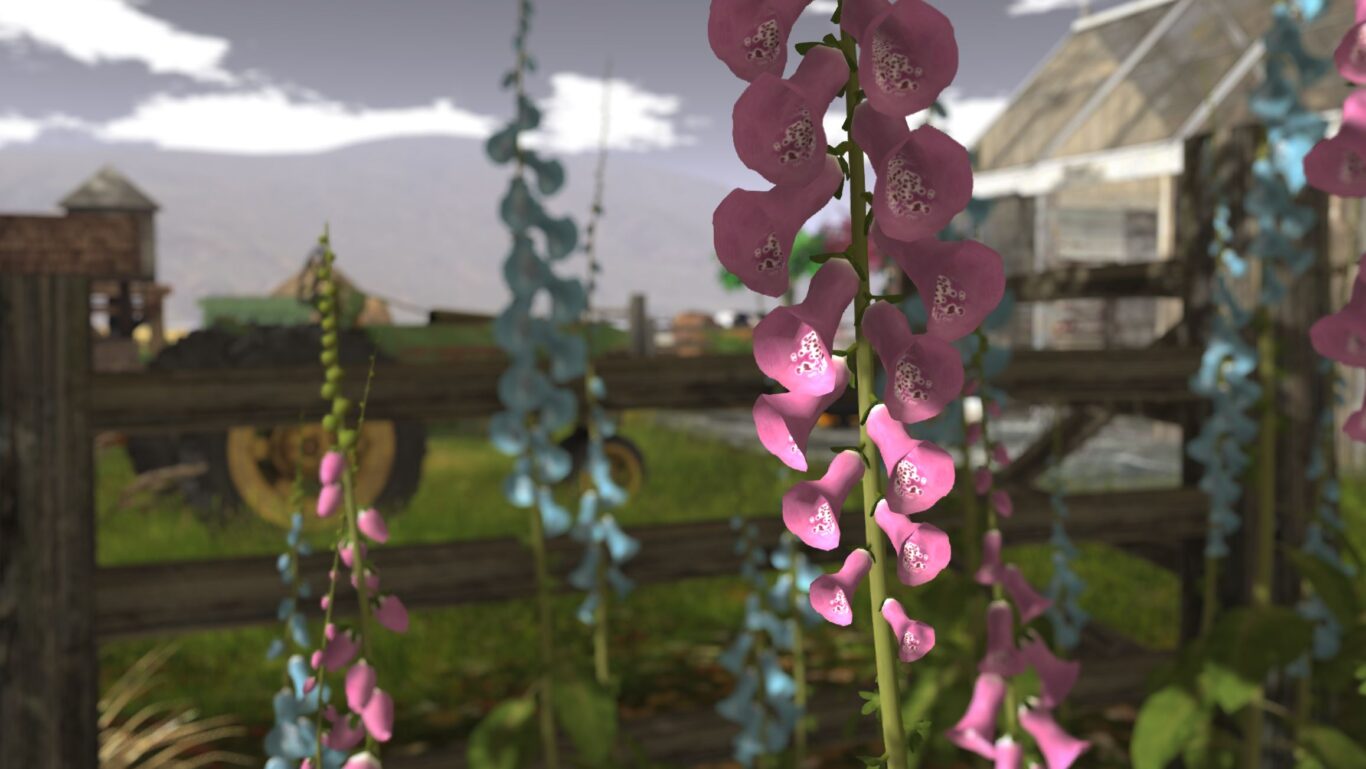Foxglove

This genus is native to western and southwestern Europe, western and central Asia and northwestern Africa. The scientific name means “finger-like” and refers to the ease with which a flower of Digitalis purpurea can be fitted over a human fingertip.
The flowers are produced on a tall spike, are tubular, and vary in colour with species, from purple to pink, white, and yellow. The best-known species is the common foxglove, Digitalis purpurea. This biennial plant is often grown as an ornamental plant due to its vivid flowers which range in colour from various purple tints through pink, light grey, and purely white. The flowers can also possess various marks and spottings. The first year of growth produces only the stem with its long, basal leaves. During the second year of the plant’s life, a long, leafy stem from 50 to 255 centimetres tall grows atop the roots of healthy plants.
The name “foxglove” was first recorded in the year 1542 by Leonhard Fuchs, whose family name, Fuchs, is the German word for “fox” (the plant genus Fuchsia is also named for him). The genus digitalis is from the Latin digitus (finger), perhaps referencing the shape of the flowers, which accommodate a finger when fully formed.

The name “foxglove” was first recorded in the year 1542 by Leonhard Fuchs, whose family name, Fuchs, is the German word for “fox” (the plant genus Fuchsia is also named for him). The genus digitalis is from the Latin digitus (finger), perhaps referencing the shape of the flowers, which accommodate a finger when fully formed.[6]
Thus the name is recorded in Old English as foxes glofe/glofa or fox’s glove. Over time, folk myths obscured the literal origins of the name, insinuating that foxes wore the flowers on their paws to silence their movements as they stealthily hunted their prey. The woody hillsides where the foxes made their dens were often covered with the toxic flowers. Some of the more menacing names, such as “witch’s glove,” reference the toxicity of the plant
